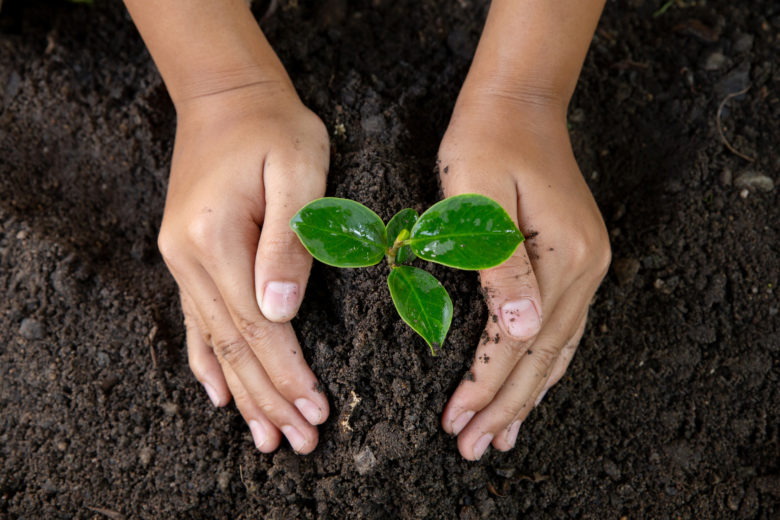
You might think the first harbinger of spring is daffodils and crocuses pushing through the soil, but for gardeners like me it’s the day that seed catalogs arrive in the mail. And, it never fails that they start appearing right about the time you’re really getting sick of winter’s short days and cold temperatures.
This timing is more than just a teaser to better weather to come, though — it’s purely practical. The best time to plan your vegetable garden is long before planting time, ![]() especially if you have a large garden or prefer to start heat-loving plants such as tomatoes, peppers and eggplants from seed. For example, here in Seattle, I start my tomato plants in my basement — nurtured by a warming mat and grow lights — right after President’s Day.
especially if you have a large garden or prefer to start heat-loving plants such as tomatoes, peppers and eggplants from seed. For example, here in Seattle, I start my tomato plants in my basement — nurtured by a warming mat and grow lights — right after President’s Day.
Step 1: Evaluate Last Year
Before you start planning this year’s vegetable garden, reflect on what worked — and what didn’t — in last year’s garden, if you had one. For instance, did you plant too much of one veggie, but not enough of another? This year, play with your proportions. Did you find that you had too many salad greens that needed to be harvested all at once, then had nothing for the rest of the summer? This year, try staggered plantings of greens. Or, were you overly ambitious about how much time you would have to weed, water and wrangle tomato plants? This year, scale back a bit.
Step 2: Take Inventory
Next, find your existing seed collection. Some packets have hundreds of seeds and can easily get you through at least a few years if they’re still viable. It’s a good idea to toss any seeds that are well past their expiration date, but it’s your call whether you want to take a chance on seeds that have barely expired. Sometimes simply sowing more seeds than usual compensates for a lower germination rate.
Step 3: Browse
Now, finally, it’s time pick up your seed catalog. Before you find yourself with checkmarks on every page, be realistic. (I’ve found that, the gloomier the winter, the greater risk of my eyes being bigger than my garden plot. ![]() ) Here are three simple tips for choosing seeds wisely.
) Here are three simple tips for choosing seeds wisely.
- If you are unlikely to get into the garden every day to harvest, choose slow-bolting varieties of lettuce and other greens.
- Be realistic about what you like to eat and how much you’re likely to actually eat or preserve. I’m still a little sheepish thinking about the years I’ve grown more heirloom tomatoes, beans and squash than my two-person household could eat … or even give away.
- Don’t forget about summer vacations. If your family decamps for two weeks every August, just as tomatoes and zucchini are hitting their stride, you’re going to come home to a sad mess. If that’s your schedule, consider sticking to spring and early-summer veggies such as greens and peas. Then, hit the farmers markets for items that don’t fit into your gardening timeframe.




